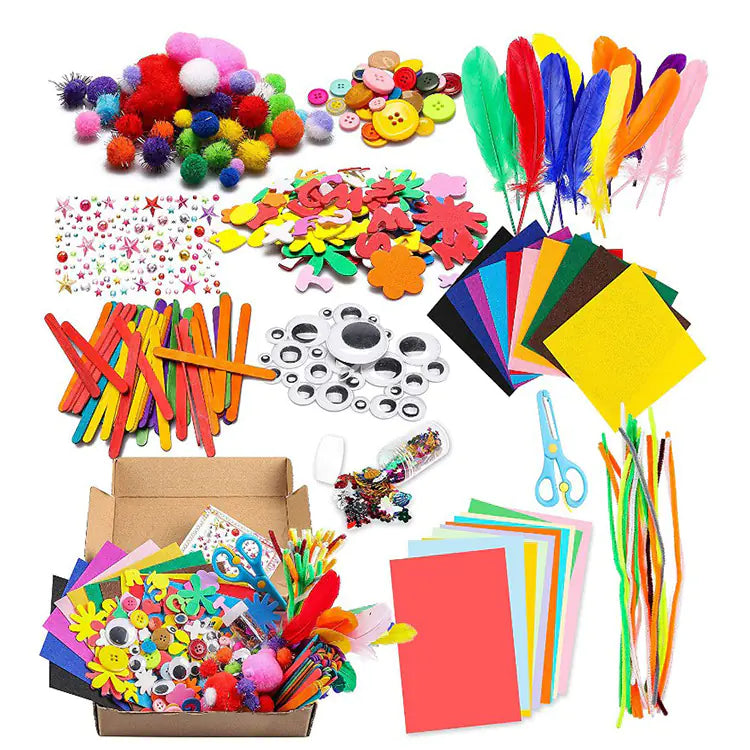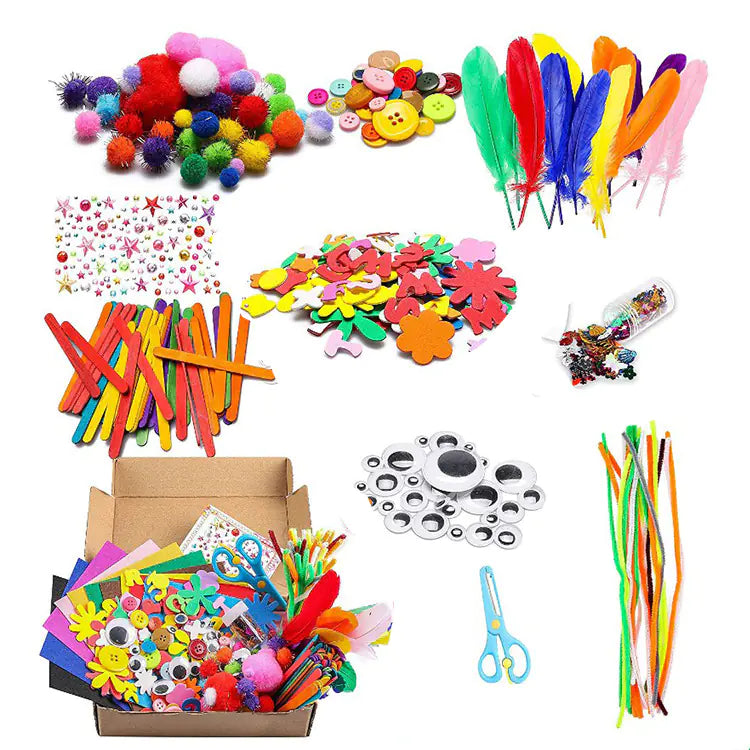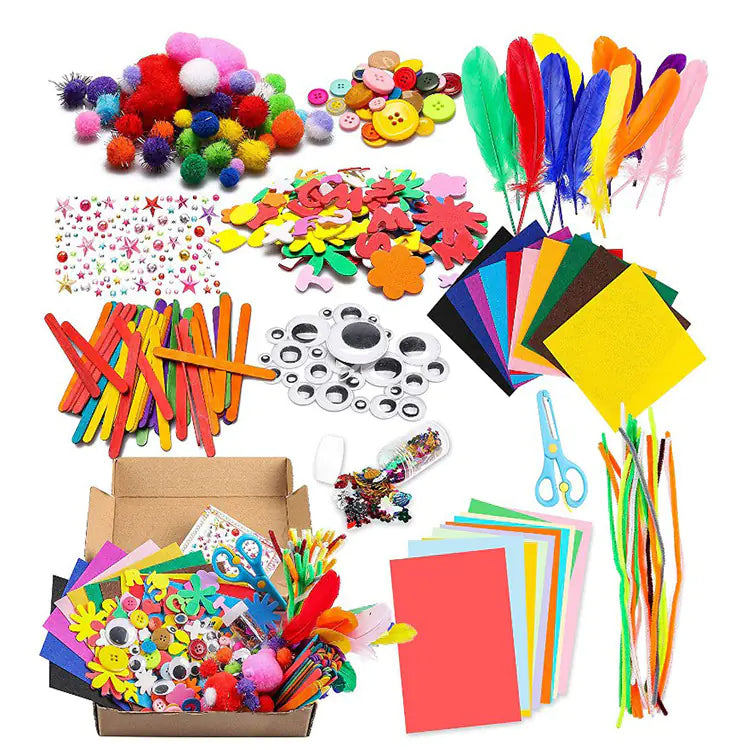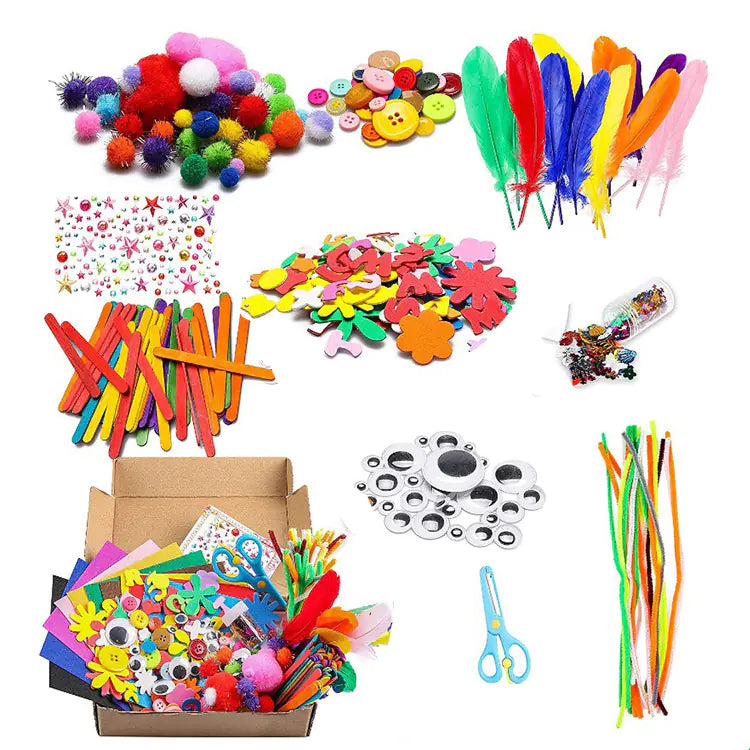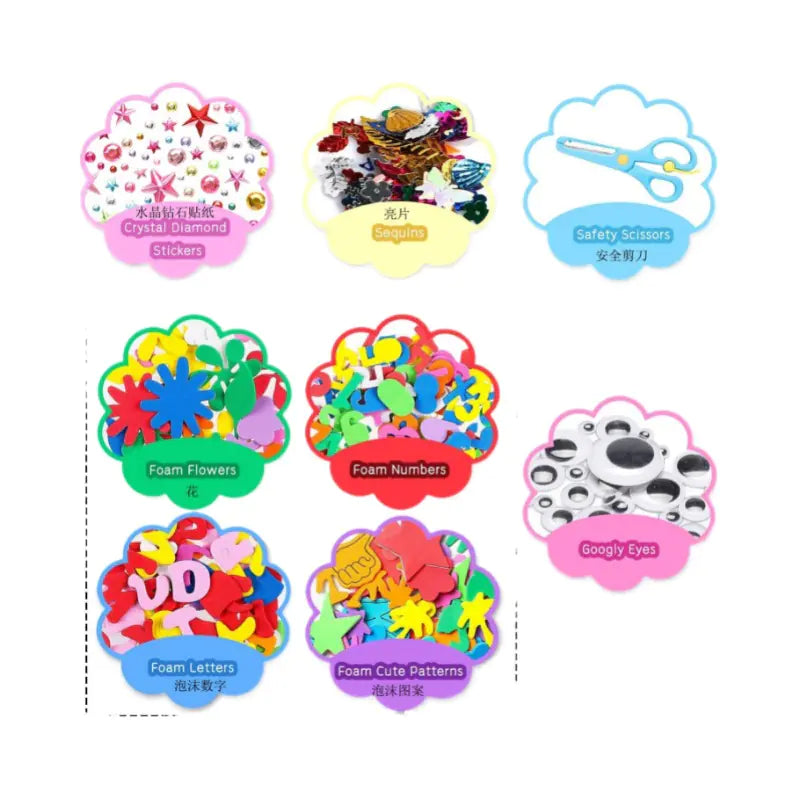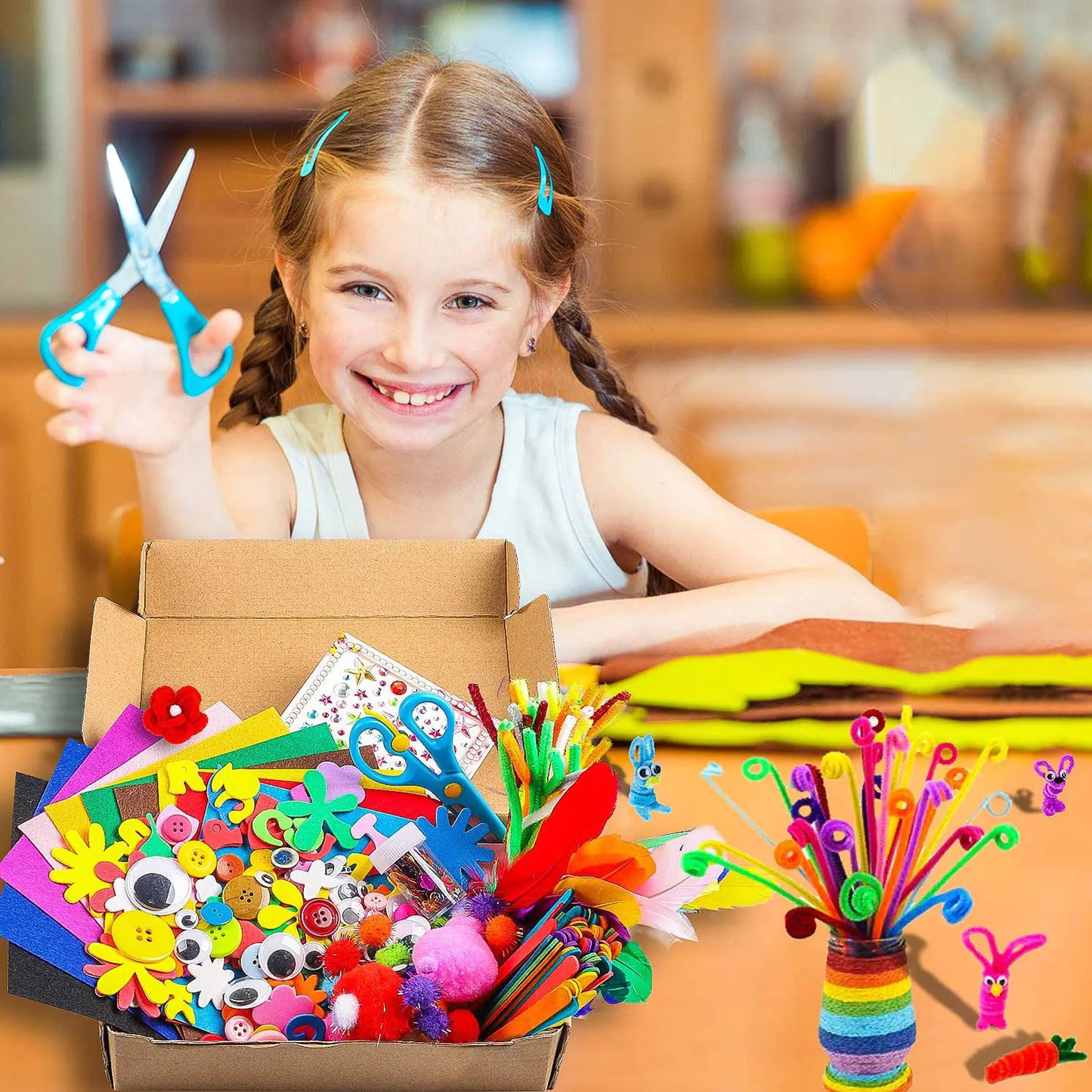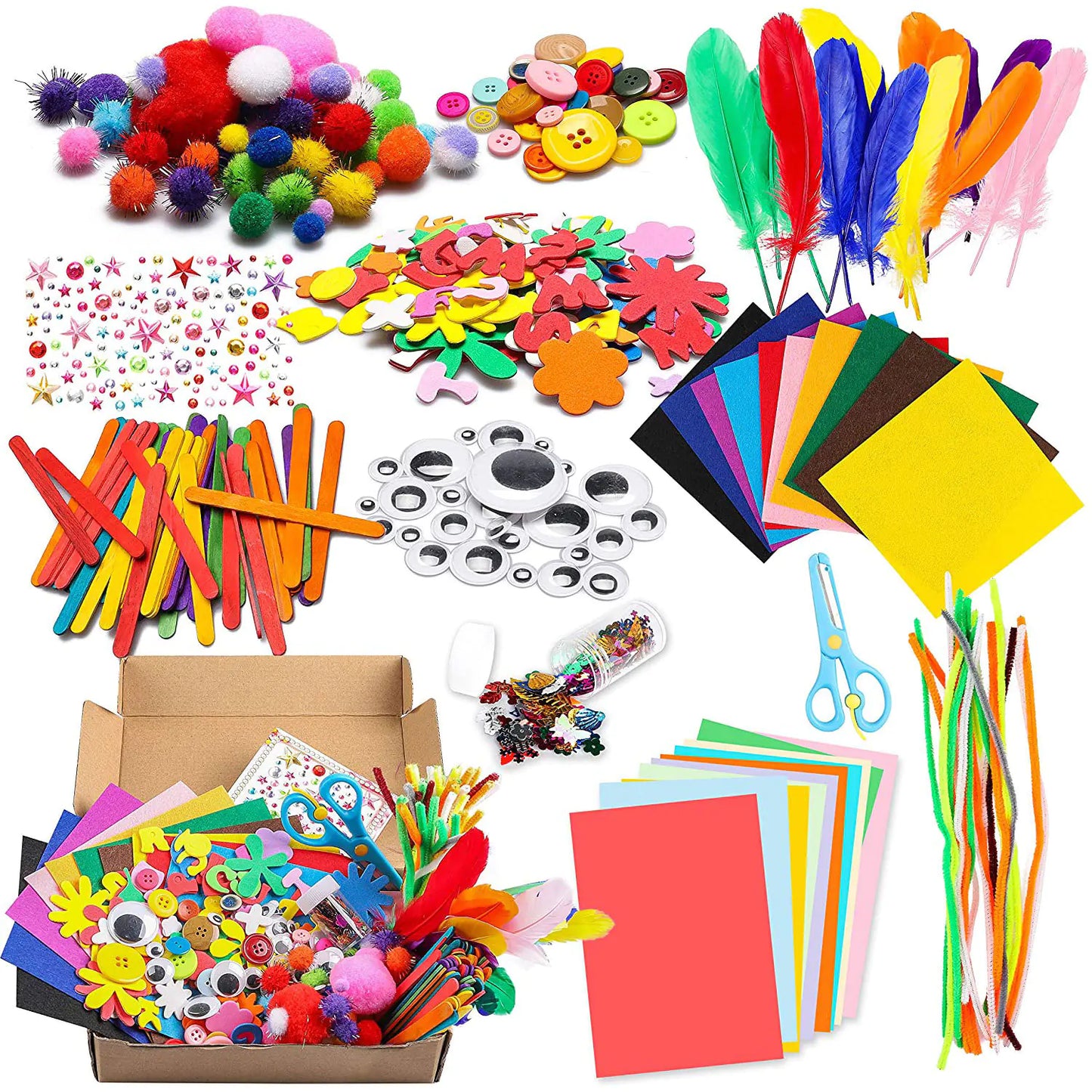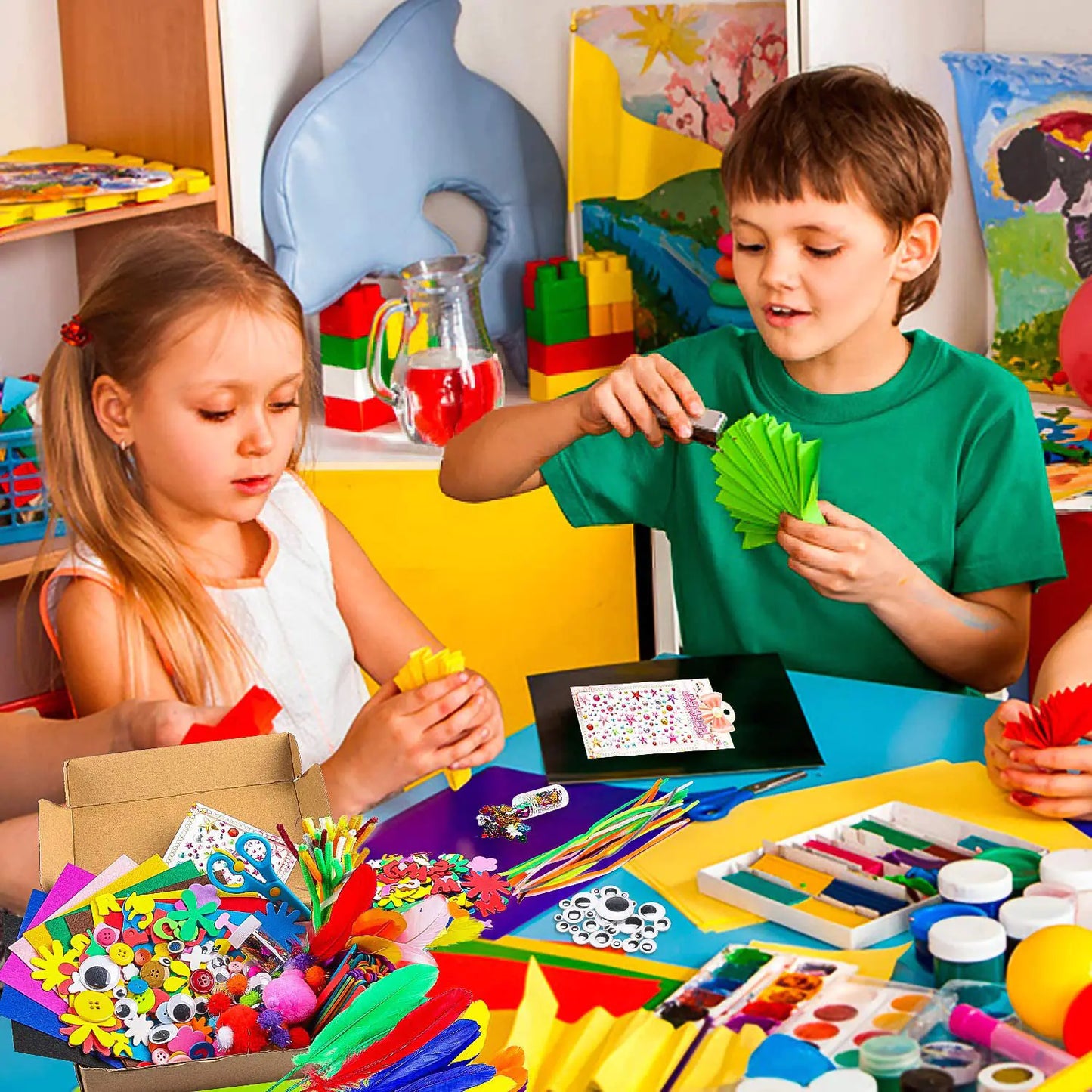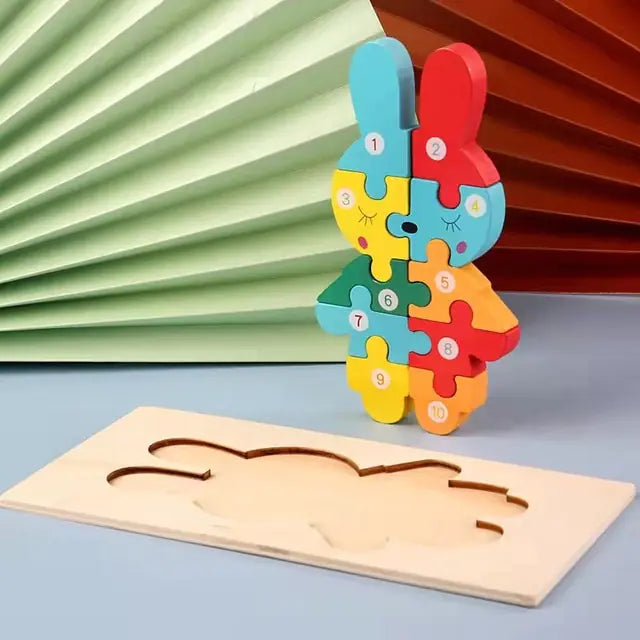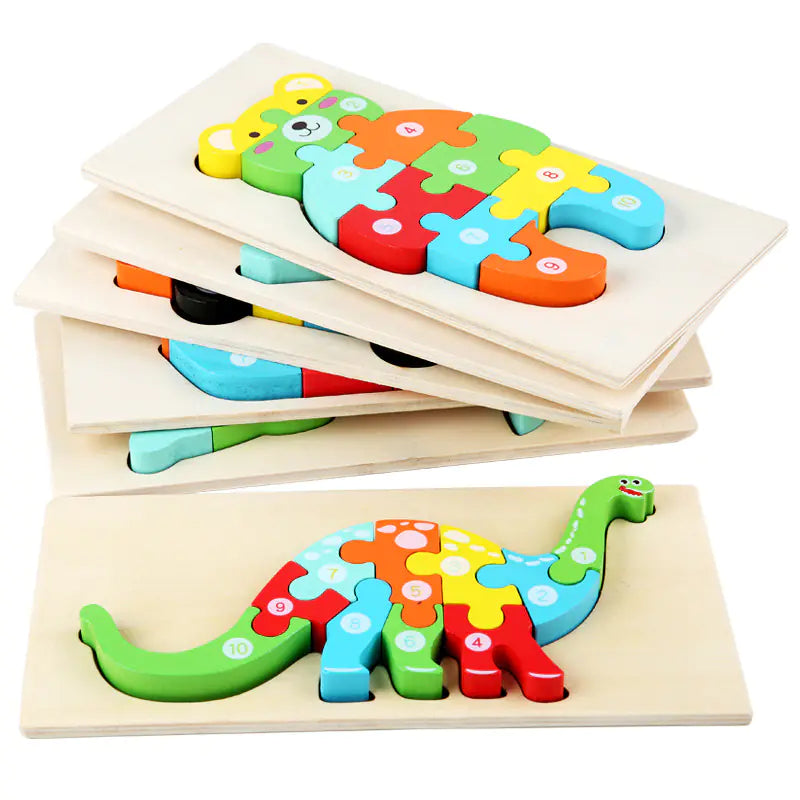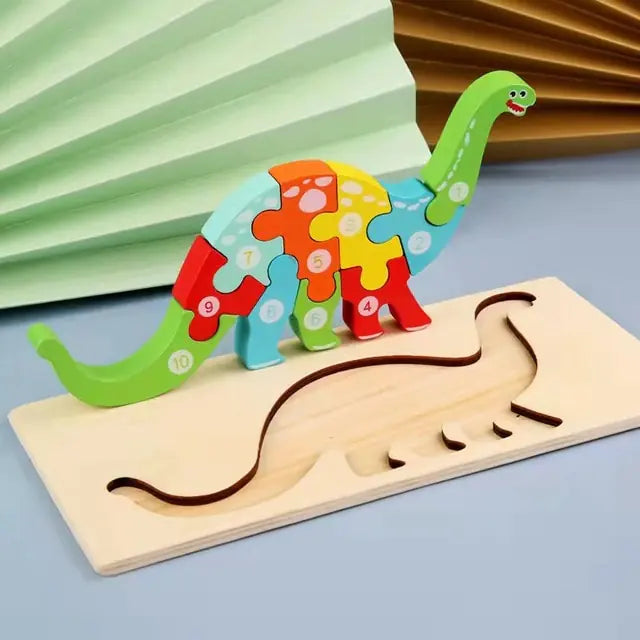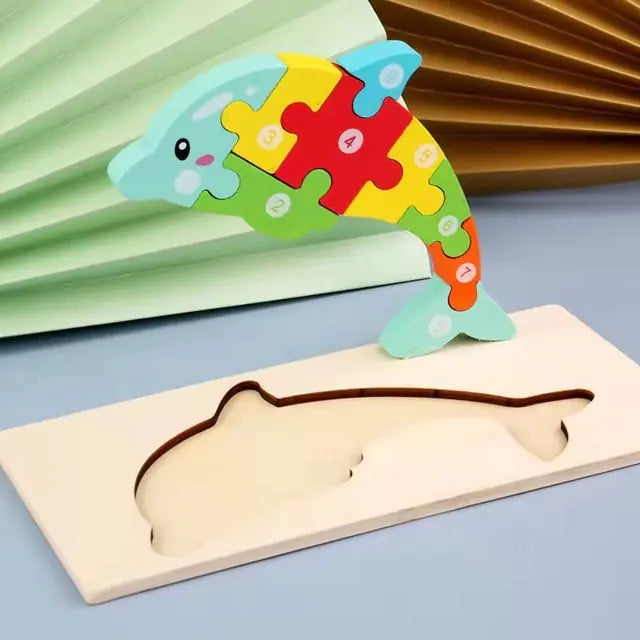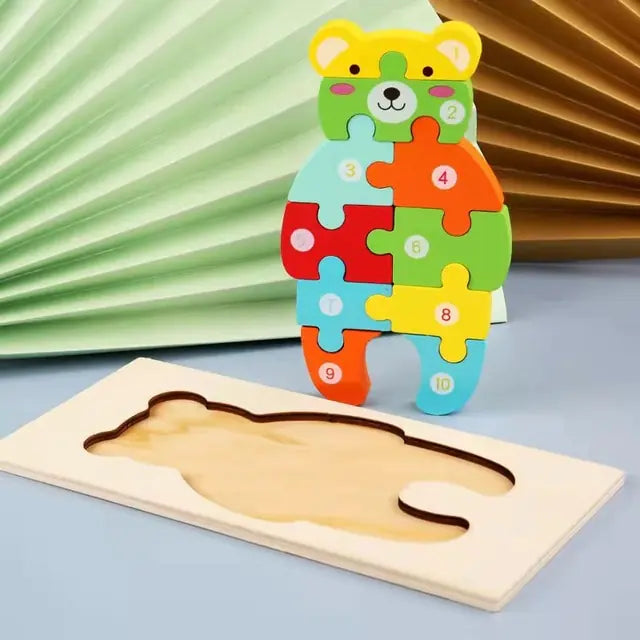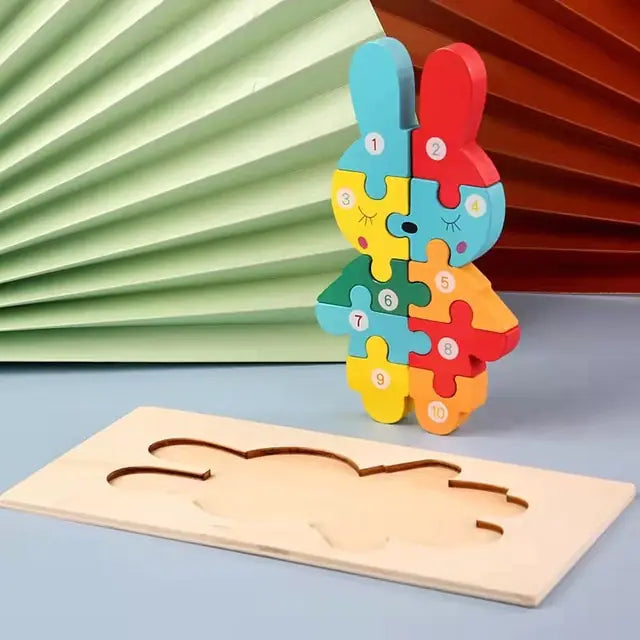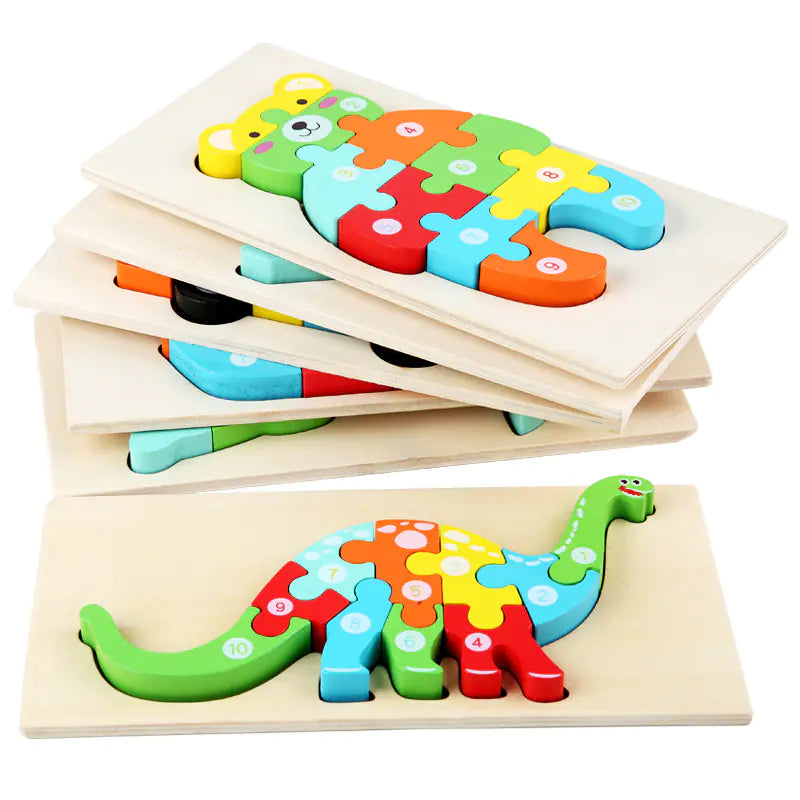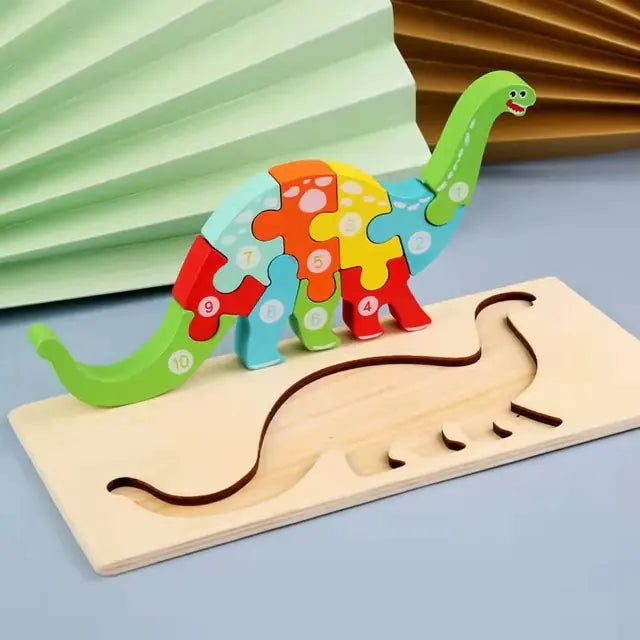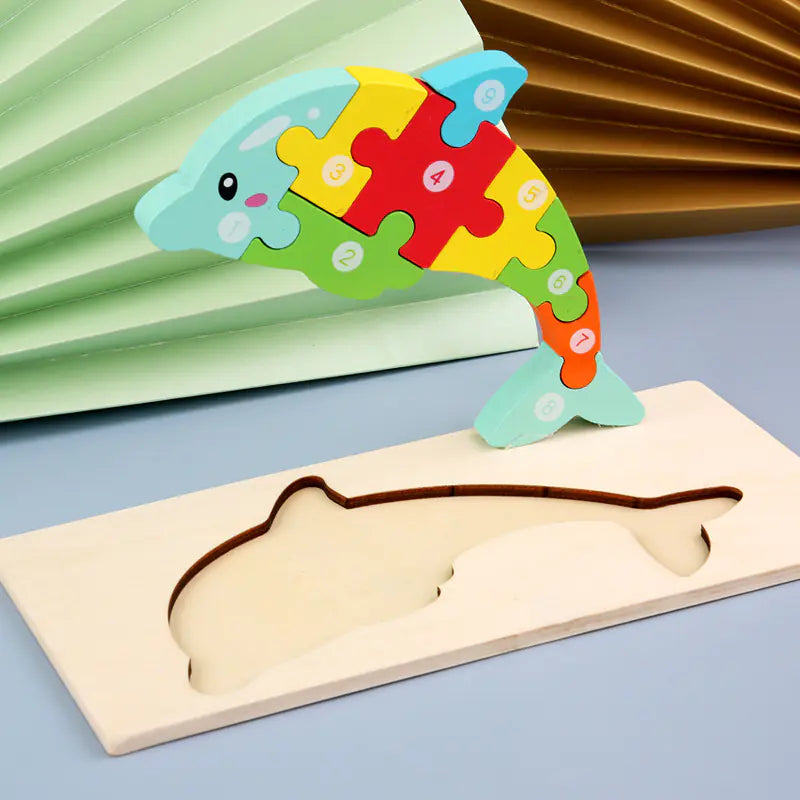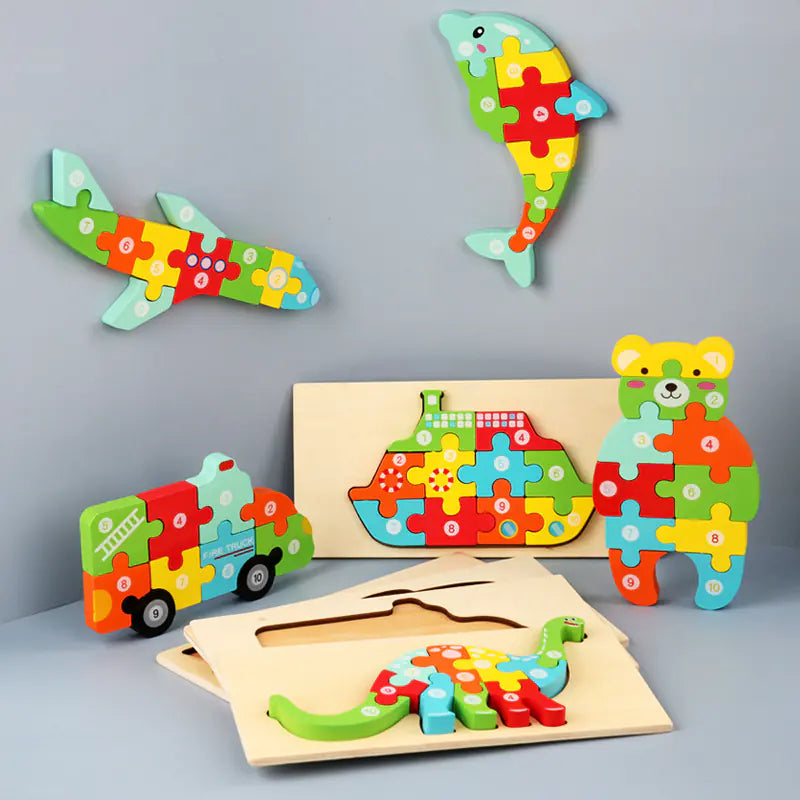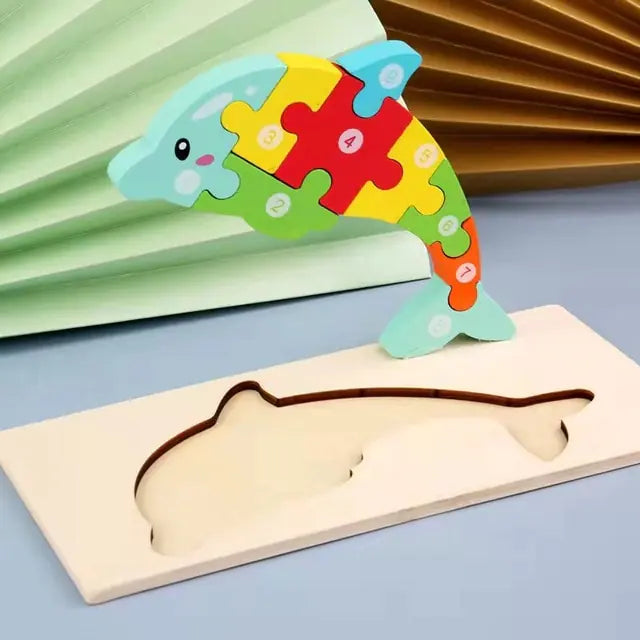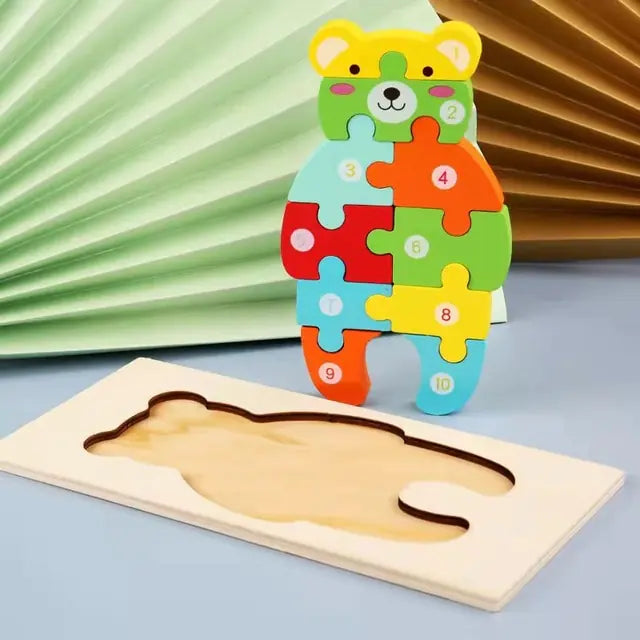In the digital age, equipping children with the right reading and writing tools is essential for their educational development. This article explores various tools and methods that can enhance learning experiences for kids, ensuring they develop necessary literacy skills effectively and enjoyably.
Key Takeaways
- Identifying age-appropriate reading and writing tools can significantly boost a child's learning curve.
- Integrating technology, such as interactive apps and eBooks, can make learning more engaging for children.
- Routine and parental involvement are crucial in establishing a conducive learning environment.
- Games and multisensory approaches can effectively complement traditional learning methods.
- Adaptive learning platforms and technology-based programs offer personalized learning experiences that cater to the individual needs of each child.
Kickstarting Your Kid's Journey with Reading and Writing Tools

Choosing the Right Tools
When it comes to kickstarting your kid's journey with reading and writing, choosing the right tools is crucial. Look for tools that are not only educational but also engaging. Games and interactive apps can make learning a fun experience for your child. It's important to select tools that match your child's age and interests to keep them motivated.
Integrating Technology
Integrating technology into your child's learning process can significantly enhance their engagement and retention. Tablets and educational apps offer interactive experiences that traditional methods may lack. Make sure the technology is user-friendly and appropriate for your child's age to ensure a smooth learning curve.
Setting a Routine
Establishing a routine is essential for making reading and writing a part of your child's daily life. Consistency helps reinforce learning. Try to set aside specific times each day for these activities, and be patient as your child develops their skills at their own pace. Remember, the goal is to foster a lifelong love for reading and writing, not to rush the process.
Interactive Reading Apps to Engage Young Minds

Features of Top Reading Apps
Interactive reading apps are designed to make reading an engaging and fun activity for kids. They often include features like interactive animations, vocabulary pop-ups, and embedded questions to enhance comprehension and retention. The key is to find apps that are both educational and entertaining.
Benefits of Interactive Learning
The benefits of using interactive apps for reading are numerous. They help in maintaining high levels of engagement by making learning active rather than passive. Kids are more likely to develop a love for reading when it's interactive and enjoyable.
Recommended Apps for Different Ages
Choosing the right app can depend heavily on the age and interests of the child. Here are a few recommendations:
- Freckle for personalized reading practice.
- Lalilo to make learning to read fun and engaging.
- myON for access to a digital library that grows with the child's reading abilities.
Writing Tools That Make Learning Fun

Creative Writing Software
I've found that creative writing software can be a game-changer for kids who might otherwise find writing to be a chore. These tools often come with features like story prompts, word suggestions, and interactive story maps that make the process more engaging. Kids can unleash their creativity in a structured yet fun way, which is crucial for developing a love for writing.
Handwriting Improvement Tools
Handwriting might seem a bit old-school, but it's still an essential skill. Tools designed to improve handwriting help kids develop better hand-eye coordination and fine motor skills. They use fun exercises and games to keep the learning process exciting. It's all about making practice enjoyable so that it doesn't feel like a task.
Online Writing Platforms
Online platforms offer a plethora of resources that can help kids improve their writing skills. From blogs to story creation tools, these platforms provide a space where kids can publish their work, receive feedback, and engage with a community of young writers. This not only improves their writing skills but also builds confidence and a sense of accomplishment.
The Role of Games in Learning to Read and Write

Educational Games for Literacy
Games aren't just for fun; they're powerful tools in teaching literacy to kids. By incorporating games that focus on phonics, vocabulary, and sentence structure, children can enjoy learning while playing. Games make learning dynamic and interactive, which helps in retaining attention and improving literacy skills.
Combining Fun and Education
It's all about striking the right balance. Games that are too complex can be frustrating, while those too simple might not challenge the mind. The key is to choose games that are just right for your child's age and educational needs. This ensures they are not only entertained but are also learning effectively.
Games vs. Traditional Learning Methods
While traditional methods have their place, games offer a unique advantage by providing immediate feedback and rewards. This can motivate kids to keep learning and can be especially beneficial for those who struggle with conventional learning methods. By integrating educational games into your child's routine, you're setting them up for a fun and successful learning journey.
Using eBooks and Audiobooks for Learning

Advantages of Digital Books
eBooks and audiobooks revolutionize the way kids engage with reading material. They offer unparalleled convenience and accessibility, allowing children to read and listen to books from anywhere at any time. This flexibility is especially beneficial for busy families who can integrate reading into various daily activities without the need to carry physical books.
- Portability: Carry hundreds of books in one device
- Instant access: Download books in seconds
- Variety: A vast library of titles across genres
- Interactive features: Enhance engagement with multimedia elements
How Audiobooks Help in Learning
Audiobooks are a fantastic tool for improving literacy skills. They help children develop a love for reading by bringing stories to life through narration. Listening to audiobooks can improve listening skills, vocabulary, and comprehension, especially for auditory learners. The spoken word can also aid in better pronunciation and fluency, making it a valuable addition to a child's learning toolkit.
- Enhances listening skills
- Expands vocabulary
- Improves comprehension
- Aids in pronunciation and fluency
Choosing the Best eBooks for Kids
Selecting the right eBooks for your child involves considering their interests and reading level. Look for books with engaging content and interactive features that cater to your child's curiosity. Platforms that offer a range of educational and entertaining titles are ideal. Remember, the goal is to make reading fun and engaging, helping your child develop a lifelong love for reading.
- Interactive elements: Look for eBooks with games, puzzles, and quizzes
- Age-appropriate content: Ensure the books match your child's reading level
- Diverse genres: Include a mix of educational and fictional titles
- Parental controls: Choose platforms that allow you to monitor your child's reading progress
The Importance of Parental Involvement

As a parent, I've realized that being actively involved in my child's learning journey is crucial. It's not just about providing the best educational toys or books; it's about being there, participating and guiding them through their learning experiences.
Guiding Your Child’s Learning
I make it a point to sit down with my child, going over the lessons and ensuring they understand the concepts. It's a bonding experience that also boosts their confidence and understanding. Being their primary audience helps them improve not just academically but also builds their confidence in expressing themselves.
Tools for Parents
There are numerous tools and resources available that can assist us in this journey. From educational apps that make learning fun to books that cater to our child's reading level, the options are vast. I particularly find interactive books very helpful in enhancing my toddler's vocabulary.
Creating a Supportive Home Environment
Creating an environment that encourages learning is also key. This means setting up a dedicated learning space, having a routine, and being positive about their progress. It's about making our home a place where learning is encouraged and celebrated.
Customizable Learning with Adaptive Learning Platforms

What is Adaptive Learning?
Adaptive learning platforms are a game-changer in educational technology, tailoring the learning experience to meet the unique needs of each child. By continuously assessing a child's performance and adapting in real-time, these platforms ensure that each lesson is neither too easy nor too difficult, but just right for their current understanding and skills.
Benefits for Reading and Writing
The benefits of adaptive learning in reading and writing are substantial. Children receive personalized feedback and instruction, which accelerates their learning process. They can work at their own pace, which reduces frustration and boosts confidence. Here's a quick look at some key benefits:
- Individualized learning paths
- Immediate feedback on tasks
- Enhanced engagement through interactive content
Top Platforms for Kids
When it comes to choosing the best adaptive learning platforms for your kids, there are several top contenders that stand out:
- Freckle: Differentiates practice for every learner
- Lalilo: Makes learning to read engaging
- myON: Supercharges reading growth
These platforms not only support academic growth but also make learning a fun and dynamic experience for young minds.
Multisensory Approaches to Enhance Learning

What is Multisensory Learning?
Multisensory learning strategies engage more than one sense at a time, significantly enhancing the learning experience for kids, especially those with learning differences. By utilizing visual, auditory, kinesthetic, and tactile pathways, these methods help in processing information more effectively.
Tools and Techniques
Here are some of our favorite tools and techniques:
- Graphic organizers to visually map out ideas.
- Tactile letters for touch-based learning.
- Interactive storybooks that combine sight and sound.
Success Stories
One compelling success story involves a study published in the Journal of Educational Psychology, which found that students who received multisensory instruction showed significant improvement in reading skills. This proves that integrating multisensory strategies can make a substantial difference in overcoming learning challenges.
Overcoming Challenges in Reading and Writing

Common Obstacles
Every child's journey in learning to read and write is unique, with its own set of hurdles. Some kids struggle with dyslexia or other learning disabilities, which can make traditional methods of teaching less effective. Identifying these obstacles early can lead to more tailored and successful interventions.
Tools to Assist Struggling Learners
There's a wealth of tools out there designed to help kids who find reading and writing challenging. From apps that turn text into speech to games that make learning phonics fun, the right tools can make a big difference. It's all about finding what works best for your child and often involves a bit of trial and error.
Motivational Strategies
Keeping a child motivated can be tough, especially if they're facing difficulties. Setting small, achievable goals and celebrating every success can help build their confidence. Remember, the goal is to make learning enjoyable and stress-free. Encouraging a love for reading and writing from a young age can pave the way for lifelong learning.
The Future of Reading and Writing Learning Tools

Emerging Technologies
The landscape of educational tools is rapidly evolving with the introduction of emerging technologies. These innovations promise to make learning more accessible and tailored to individual needs. Virtual reality (VR), augmented reality (AR), and artificial intelligence (AI) are at the forefront, transforming how kids interact with reading and writing content.
Predictions for Learning Tools
In the next decade, we can expect a significant shift towards more immersive and interactive learning experiences. The integration of technology in education will not only make learning more engaging but also more effective, as tools become smarter and more responsive to the learner's pace and style.
Preparing Kids for the Future
It's crucial to prepare our children for a future where digital literacy is paramount. By incorporating advanced reading and writing tools into their education, we're setting them up for success in a digitally dominated world. This preparation goes beyond mere technology usage; it's about developing critical thinking and problem-solving skills that are essential in the 21st century.
Resources and Support for Educators and Parents

Workshops and Webinars
I've found that attending workshops and webinars can be incredibly beneficial. They offer a wealth of information and practical tips that can be directly applied to help our kids learn more effectively. Whether it's learning about new educational tools or techniques to engage young learners, these sessions are invaluable.
Online Communities
Joining online communities has been a game-changer for me. It's a space where I can connect with other parents and educators, exchange ideas, and get support. It's comforting to know that I'm not alone in this journey and that there are others who are facing similar challenges.
Educational Resources
There's a plethora of educational resources available online. From interactive games to comprehensive learning programs, these tools are designed to make learning fun and engaging for kids. I always make sure to navigate online resources wisely to find the best options that suit my child’s learning style and needs.
Success Stories: Transformations with Reading and Writing Tools

Inspirational Case Studies
I've seen firsthand how the right reading and writing tools can transform a child's educational journey. From struggling readers to those who simply needed a boost in engagement, the improvements are not just academic but also in confidence and enjoyment of learning. These tools can truly make a difference in a child's life.
Feedback from Parents and Teachers
The feedback from parents and teachers has been overwhelmingly positive. They've noted not only improvements in reading and writing skills but also in children's ability to concentrate and their enthusiasm for learning. It's clear that these tools are not just aids; they're catalysts for real educational progress.
How Tools Changed Learning Experiences
Every child's learning journey is unique, but the right tools can tailor this journey to meet their specific needs. Adaptive learning platforms and interactive apps have been game changers, making learning personalized and much more engaging. The stories of children who turned their academic paths around with these tools are both inspiring and a testament to the power of tailored educational strategies.
Discover the incredible journeys of individuals who have transformed their lives through the power of reading and writing tools in our 'Success Stories' section. These narratives not only inspire but also showcase the practical benefits of our products. Don't miss out on these motivational stories—visit our website to read more and explore how you can begin your own journey of transformation.
Wrapping It Up
As we conclude our exploration of effective reading and writing learning tools for kids, it's clear that the journey to literacy is both exciting and essential. From engaging tech-based programs to hands-on educational games, the options are plentiful and promising. Remember, the key is to keep the learning process fun and engaging, allowing children to discover the joys of reading and writing at their own pace. Here's to nurturing a lifelong love for literacy in our young learners!
Frequently Asked Questions
What are some effective tools for teaching reading to kids?
Interactive reading apps, phonics programs, and eBooks are highly effective. Tools like Lalilo, Freckle, and myON are recommended for engaging and adaptive learning experiences.
How can technology enhance learning to read and write?
Technology-based programs such as Lexia Core5 and Raz-Kids provide interactive activities, immediate feedback, and personalized learning pathways, making learning more engaging and effective.
What role do parents play in their children's literacy development?
Parents are crucial in guiding and supporting their child's learning by setting routines, choosing the right tools, and creating a supportive home environment.
What are multisensory approaches to learning, and how do they help?
Multisensory learning involves using various senses like sight, touch, and sound to enhance understanding and retention. Techniques include using visuals, audiobooks, and hands-on activities, which are especially beneficial for children with learning differences.
What are some strategies to help children overcome reading challenges?
Effective strategies include teaching phonics alongside fluency, using decodable texts, and employing multisensory techniques. Tools to assist struggling learners include adaptive learning platforms and specialized reading programs.
How can games be used to teach reading and writing?
Educational games integrate literacy skills with fun activities, helping children learn through play. Games can improve engagement and retention, offering a balance between educational content and entertainment.
What should I look for in a writing tool for kids?
Look for tools that offer creative writing aids, practice exercises, and feedback mechanisms. Online platforms like StoryJumper and handwriting improvement tools are great for enhancing writing skills.
How do eBooks and audiobooks benefit children's learning?
eBooks and audiobooks make reading accessible and engaging, providing interactive features and narration that help improve vocabulary and comprehension. They are versatile tools that can be used across different age groups and learning styles.


